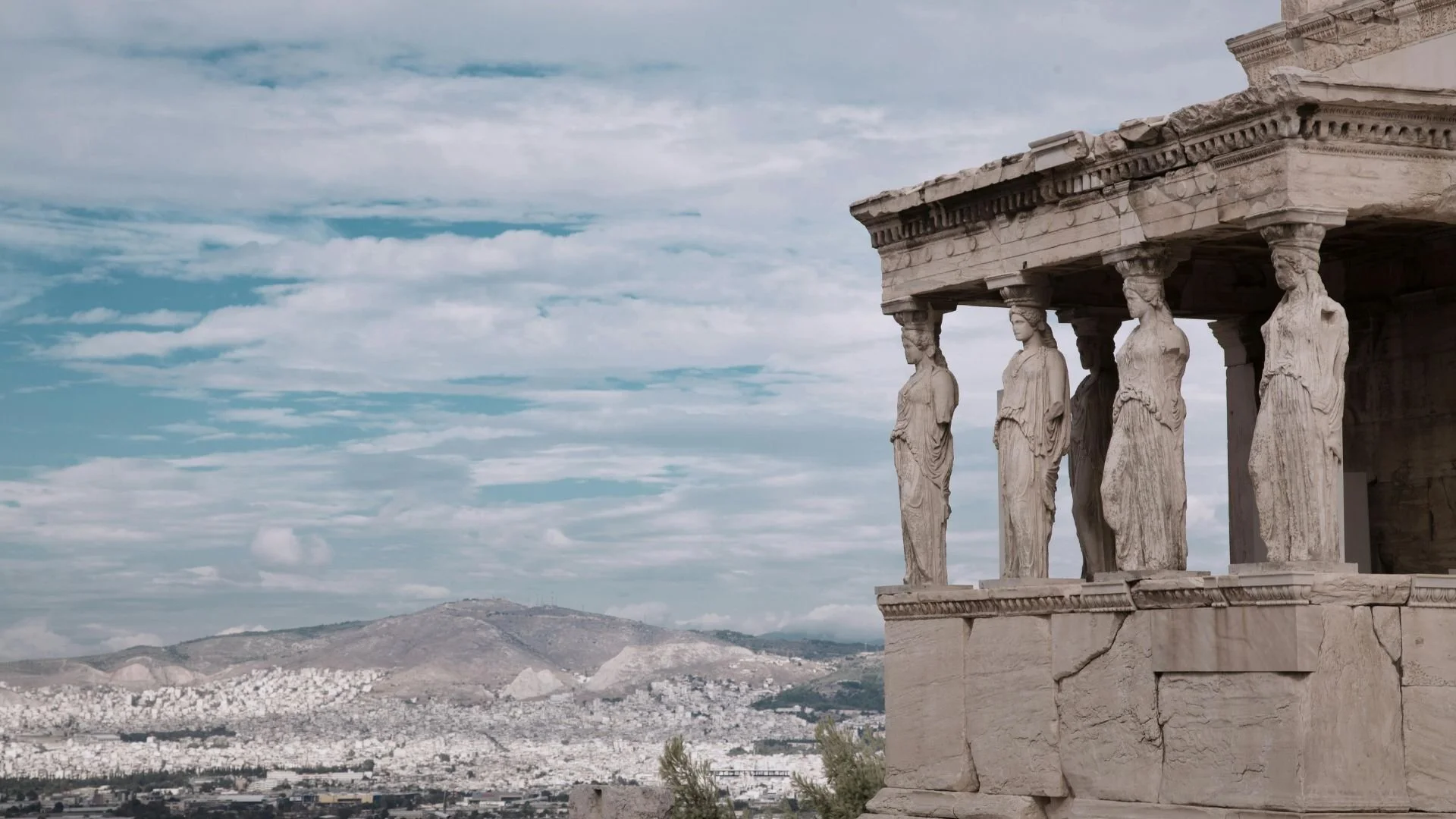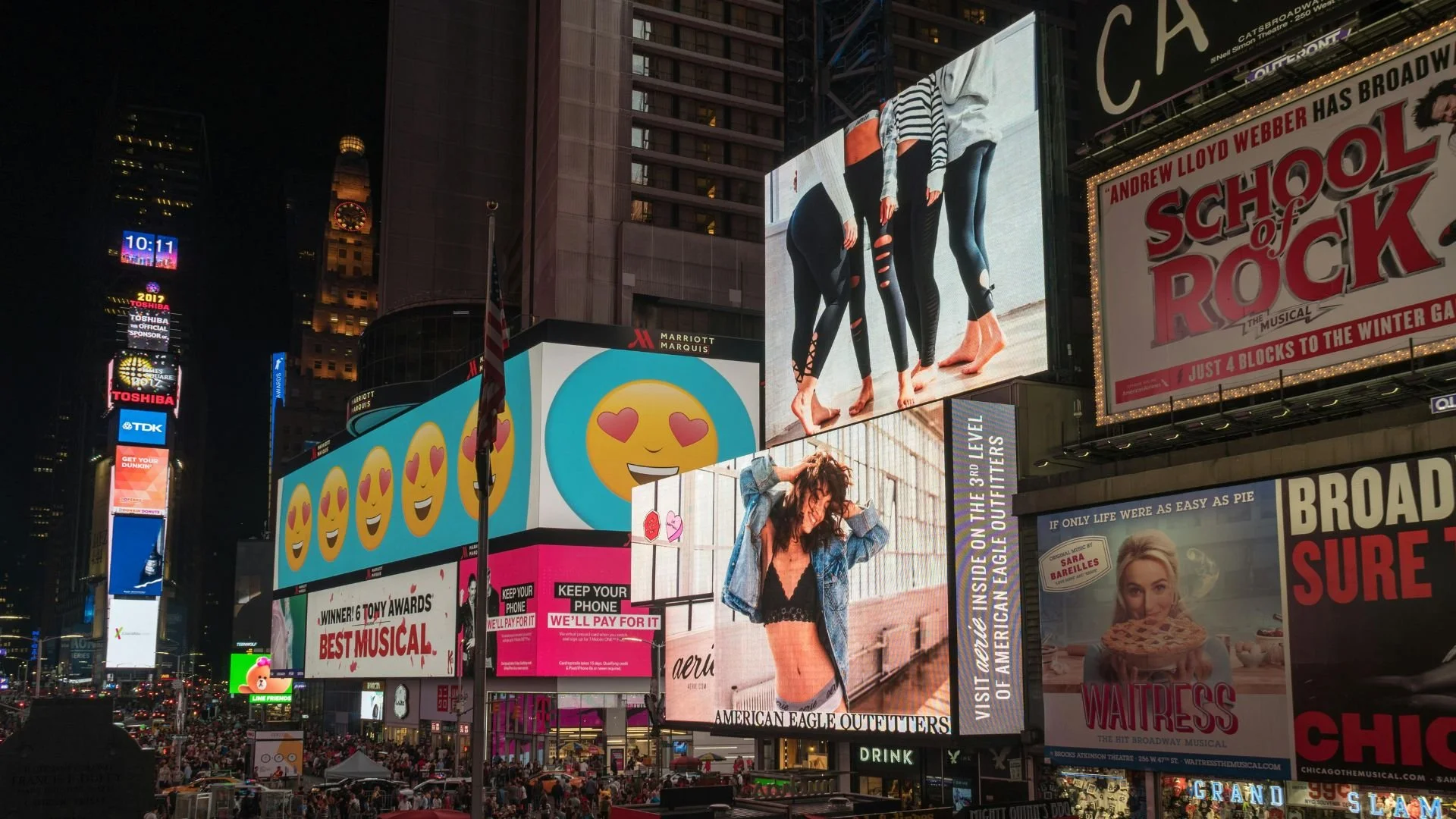Adidas Drone Show at the Acropolis: Commercial Ambition Meets Cultural Protection
The illuminated Adidas drone show near the Acropolis in Athens has ignited a fierce debate about the intersection of commercial branding and the preservation of cultural heritage. The event, which took place in mid-May 2025, has drawn the ire of Greek officials, triggered legal action, and sparked widespread public and political criticism. It has also raised questions about how modern marketing practices interact with ancient monuments, and whether current regulatory frameworks are fit for purpose in the digital age.
The Caryatids of the Erechtheion overlook Athens from the Acropolis, representing the enduring value of heritage sites.
The Incident: Drones, Branding, and the Acropolis
On the evening of 15 May 2025, a fleet of drones orchestrated by Essence Mediacom for Adidas lit up the Athens sky above the Zappeion Hall. The display formed a multicoloured trainer, the Adidas logo, and the slogan “FEEL FAST,” creating a striking visual spectacle. From certain vantage points, the illuminated shoe appeared to hover directly above the Acropolis, giving the impression—at least in photographs and videos—that the ancient monument was being “kicked” by a giant Adidas trainer.
The Acropolis, a UNESCO World Heritage site and a symbol of democracy and Greek civilisation, is one of the world’s most recognisable archaeological treasures. The juxtaposition of this revered monument with a commercial brand’s imagery was immediately controversial.
Culture Ministry Reaction & Bureaucratic Gaps
Greece’s Culture Minister Lina Mendoni, a classical archaeologist, was quick to denounce the display. She described the imagery as “extremely unpleasant,” stating, “It is as if the Adidas shoe is kicking the Acropolis, aesthetically that is. The legal procedure wasn’t followed.” Mendoni confirmed that the Ministry had filed a lawsuit against all responsible parties, citing breaches of national laws protecting antiquities.
The Greek Constitution enshrines the protection of the natural and cultural environment as a duty of the state and a right of every person. Law 3028/2002 specifically prohibits the commercial exploitation of archaeological sites without proper authorisation. The drone show was staged over the Zappeion Hall, a neoclassical building managed by a state-run commission under the Finance Ministry. According to reports, Essence Mediacom applied for permission on 30 April and was granted approval for a fee of just €380. However, the Zappeion administration did not consult the Culture Ministry, which is required for any activity that could affect the visual or symbolic integrity of archaeological sites.
The Civil Aviation Authority confirmed that the drone flights were fully licensed and conducted exclusively over Zappeion Hall’s grounds, in compliance with European safety regulations. However, the Authority also clarified that it does not oversee how images from such events are used, nor does it have jurisdiction over cultural or archaeological concerns.
Following the Ministry’s legal complaint, the Athens Prosecutor’s Office launched a preliminary investigation to determine whether laws protecting antiquities and other criminal statutes were violated. The Acropolis Security Department is conducting the investigation, and the Finance Ministry has requested written explanations from the Zappeion commission that issued the permit.
A pair of classic Adidas white trainers with signature stripes highlights the instantly recognisable branding at the centre of the recent controversy over Adidas’s drone show above Athens.
Adidas’s Defence
Adidas responded to the controversy by asserting that all required permits were obtained and adhered to. The company emphasised that the drone show was conducted strictly over the Zappeion Hall and that “no image of the Acropolis monument was used by Adidas for advertising or other purposes”. While technically true, this defence sidesteps the core issue: the visual association created by the drone display and its proximity to the Acropolis, which many found objectionable.
The incident also sparked criticism online, with multiple news outlets reporting that social media users drew comparisons between the Adidas campaign and the recent denial of filmmaker Yorgos Lanthimos’s request to film at the Acropolis. Some outlets quoted posts allegedly circulating online stating: “No to Yorgos Lanthimos. Yes to Adidas. No to art, yes to money.” While these sentiments were widely referenced in media coverage, direct examples of the original social media posts were not provided.
The controversy has reignited debate over how Greece—and, by extension, other nations—should value and protect their cultural heritage in the face of commercial interests. The fact that a global brand could leverage the visual context of the Acropolis for a modest fee has been widely criticised as a gross undervaluation of a national treasure.
The incident has exposed gaps in the regulatory frameworks governing the use of airspace and the visual representation of heritage sites. Heritage protection laws may not fully anticipate the challenges posed by new technologies such as drone displays and augmented reality. Finance Minister Kyriakos Pierakaris acknowledged that the current rules may be outdated and that the fees for such events are “a bit too friendly.” There are calls for new laws to better protect public spaces and ensure that commercial activities near heritage sites are properly regulated and appropriately valued.
Monument Marketing: Global Case Studies and Brand Risks
While the Adidas Acropolis campaign has drawn sharp scrutiny, it is far from the only instance of brands leveraging heritage sites for commercial gain. In recent years, “monument marketing” has become a global trend, with brands using the instant recognition and cultural gravitas of world-famous sites to amplify their campaigns. Yet, as these examples show, the strategy is fraught with reputational, legal, and ethical pitfalls.
Barbie at the Burj Khalifa (Dubai, UAE)
In 2023, Mattel launched a global campaign for the Barbie movie by projecting a giant digital Barbie and branding onto the Burj Khalifa, the world’s tallest building. The event generated global buzz and social media virality, but also drew criticism for commercialising a national symbol and setting a precedent for further commercial encroachment on cultural landmarks. Some Dubai residents and cultural commentators questioned whether such displays dilute the monument’s prestige and cultural value.
WhatsApp at the Gateway of India (Mumbai, India)
WhatsApp’s privacy campaign in Mumbai featured immersive out-of-home installations at the Gateway of India, a monument of national pride. While the campaign aimed to connect with Indian audiences, experts noted that repeated use of such symbols for advertising risks eroding their cultural significance, turning them into mere backdrops for commercial messaging. Overuse can make the monument feel less special and more like just another billboard.
Italy’s “Open to Meraviglia” Campaign (Colosseum, Pantheon, and more)
Italy’s Ministry of Tourism in 2023 created a digital influencer based on Botticelli’s Venus, depicted visiting iconic Italian sites like the Colosseum and Pantheon. The campaign, intended to boost tourism, was widely ridiculed by Italians and art historians for trivialising and commercialising the country’s heritage. Critics argued that it reduced revered sites to mere props for digital marketing, undermining their gravitas and authenticity.
JD Sports and Big Ben (London, UK)
JD Sports used CGI to virtually project trainers and branding onto Big Ben for a campaign. While visually impressive, the campaign raised questions about the legal and ethical boundaries of using protected landmarks in advertising. UK advertising codes caution against exploiting the goodwill attached to national symbols, and legal experts warn of potential trademark or misrepresentation issues if consumers infer an official partnership.
Global brands use iconic urban spaces for high-impact marketing, echoing the debate over commercial imagery projected near cultural landmarks like the Acropolis.
Why Monument Marketing Can Backfire: The Marketing Perspective
At first glance, associating a brand with a world-famous monument seems like a shortcut to instant recognition, prestige, and viral reach. However, the risks often outweigh the rewards:
Cultural Sensitivity and Backlash: As seen with Adidas and Italy’s tourism campaign, audiences are increasingly attuned to cultural appropriation and the commercialisation of heritage. Brands that appear to exploit rather than honour these symbols can face boycotts, negative press, and a loss of consumer trust.
Legal and Regulatory Risks: Many monuments are protected by intellectual property, trademark, or heritage laws. Unauthorised use can lead to lawsuits, fines, and forced withdrawal of campaigns.
Dilution of Brand and Monument: Overuse of monuments in advertising can make both the brand and the site seem less unique. What was once a symbol of national pride risks becoming “just another billboard,” undermining both cultural value and marketing impact.
Community Alienation: Local communities may feel their heritage is being commodified without respect or benefit. This can provoke activism, negative word-of-mouth, and even regulatory tightening.
Monument marketing can deliver dramatic visibility, but brands must weigh short-term gains against long-term risks to reputation, legal standing, and consumer trust. As these case studies show, the line between creative engagement and cultural exploitation is thin—and crossing it can leave a brand’s image on shaky ground.
Conclusion: Lessons and Future Directions
The Adidas Acropolis drone show controversy is not an isolated incident, but part of a growing global trend where brands seek to harness the instant recognition and prestige of heritage sites for marketing impact. As the case studies from Dubai, Mumbai, Rome, and London demonstrate, “monument marketing” can generate enormous buzz and visibility—but it also carries profound risks.
Brands that use iconic cultural landmarks for commercial gain often face backlash for trivialising or commodifying heritage, legal and regulatory scrutiny, and the danger of alienating local communities. The line between creative engagement and cultural exploitation is thin, and crossing it can damage both the brand’s reputation and the value of the monument itself.
The lesson for marketers is clear: while the appeal of heritage sites is undeniable, responsible engagement requires sensitivity, respect, and collaboration with cultural authorities. Only by recognising the enduring significance of these sites—and ensuring that marketing activities contribute positively to their preservation—can brands avoid the pitfalls of short-term visibility at the expense of long-term trust and cultural stewardship.
Citations
Balkan Insight: https://balkaninsight.com/2025/05/16/sight-of-adidas-shoe-stepping-on-acropolis-kicks-off-outcry-in-greece/
Knews Kathimerini: https://knews.kathimerini.com.cy/en/news/adidas-drone-show-near-the-acropolis-triggers-legal-drama-and-culture-chat-video
Let's Learn: https://www.lets-learn.eu/greek/news/drone-show-over-acropolis-sparks-legal-inquiry
iefimerida: https://www.iefimerida.gr/english/adidas-drone-show-near-acropolis-sparks-fury-legal-battle
Jerusalem Post: https://www.jpost.com/archaeology/archaeology-around-the-world/article-854379
Economic Times Brand Equity: https://brandequity.economictimes.indiatimes.com/news/business-of-brands/adidas-ad-showing-shoe-on-acropolis-sparks-outrage-in-greece/121229879
Digital Tripathi: https://www.digitaltripathi.com/ad-library/barbie-3d-cgi-ad-campaign/8
Wavemaker Global: https://wavemakerglobal.com/platform-watch/barbie-puts-her-best-foot-forward-in-dubai9
Business Standard: https://www.business-standard.com/entertainment/barbie-s-giant-3d-ad-in-front-of-burj-khalifa-has-social-media-awestruck-123072600356_1.html10
Italia Absolutely: https://italiabsolutely.com/news/cities-regions/italia-open-to-meraviglia-botticelli-s-venus-stars-in-a-campaign-promoting-italy-s-beauty5
Creative Bloq: https://www.creativebloq.com/news/north-face-big-ben-campaign



